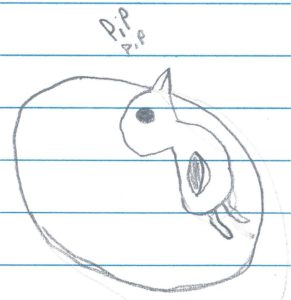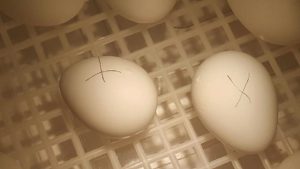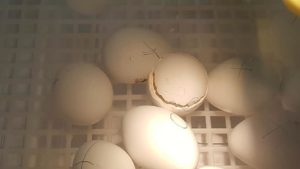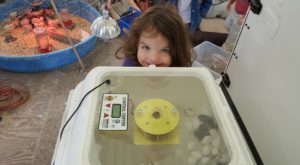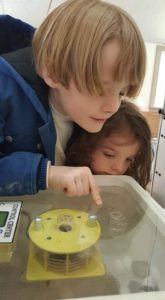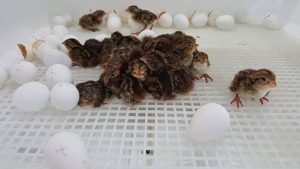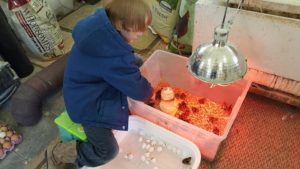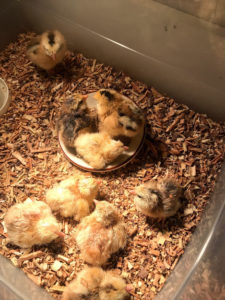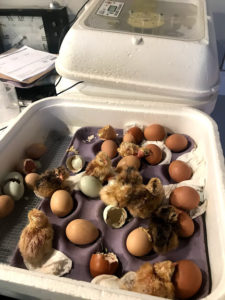Incubating Quail Eggs Days 21- 24
go.ncsu.edu/readext?669593
en Español / em Português
El inglés es el idioma de control de esta página. En la medida en que haya algún conflicto entre la traducción al inglés y la traducción, el inglés prevalece.
Al hacer clic en el enlace de traducción se activa un servicio de traducción gratuito para convertir la página al español. Al igual que con cualquier traducción por Internet, la conversión no es sensible al contexto y puede que no traduzca el texto en su significado original. NC State Extension no garantiza la exactitud del texto traducido. Por favor, tenga en cuenta que algunas aplicaciones y/o servicios pueden no funcionar como se espera cuando se traducen.
Português
Inglês é o idioma de controle desta página. Na medida que haja algum conflito entre o texto original em Inglês e a tradução, o Inglês prevalece.
Ao clicar no link de tradução, um serviço gratuito de tradução será ativado para converter a página para o Português. Como em qualquer tradução pela internet, a conversão não é sensivel ao contexto e pode não ocorrer a tradução para o significado orginal. O serviço de Extensão da Carolina do Norte (NC State Extension) não garante a exatidão do texto traduzido. Por favor, observe que algumas funções ou serviços podem não funcionar como esperado após a tradução.
English
English is the controlling language of this page. To the extent there is any conflict between the English text and the translation, English controls.
Clicking on the translation link activates a free translation service to convert the page to Spanish. As with any Internet translation, the conversion is not context-sensitive and may not translate the text to its original meaning. NC State Extension does not guarantee the accuracy of the translated text. Please note that some applications and/or services may not function as expected when translated.
Collapse ▲Our Bobwhite quail chicks have been pipping and hatching in schools and homes of teachers and 4-H volunteers. A chick “pips” when it uses its beak to poke through the membrane and shell. Below is a drawing of a “pip” created by one of our second grade students. The chick often pokes through the membrane the day before it hatches. You can hear it cheap before it hatches, because it is breathing air from the air cell. The chicks have a tough “egg tooth” on the end of their beaks that helps them break through the shell. The egg tooth is only there for 24 hours.
Several of the teachers are also hatching chicken eggs. Chicken eggs take 21 days to hatch, and Bobwhite quail take 23 days to hatch. Notice how all of the chicks hatch in the same way. They use their egg tooth to “unzip” the egg. It is important to leave the chicks in the incubator until they are dry and fluffy. The last thing they do before they hatch is ingest the yolk into their bodies through their umbilical cords. They can live off the nutrition from this yolk for 1-2 days. Once they are dry and fluffy they are moved to brooder boxes with a light for heat. Brooder boxes have shavings on the bottom, so the babies’ new little feet won’t slip around. We also provide food, water, and toys for the chicks.
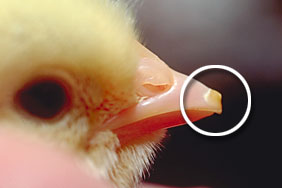
The chick’s egg tooth is only there 24 hours. It strengthen’s the chick’s beak, so it can break through the shell.
Below are some videos created by Ms. Mebane at FernLeaf Charter School:
Note: this is the continuation of the “Incubating Quail Eggs” Story.





